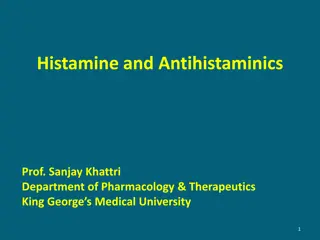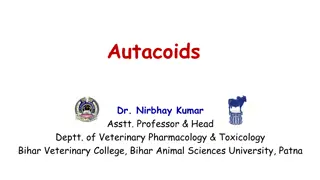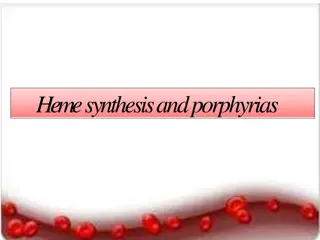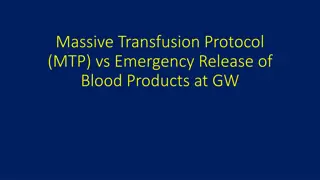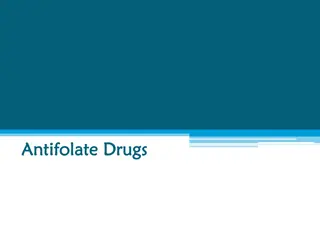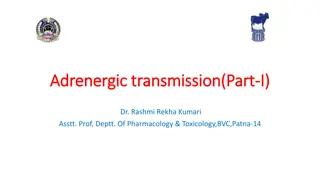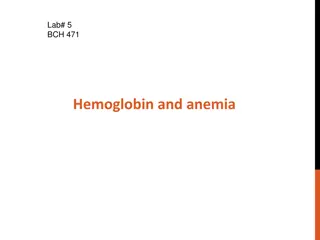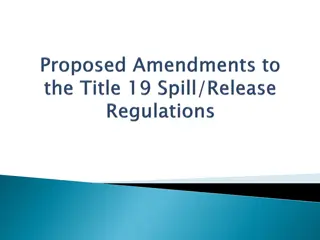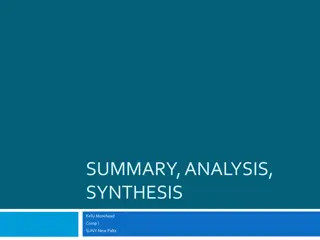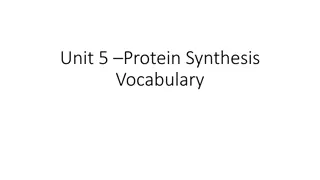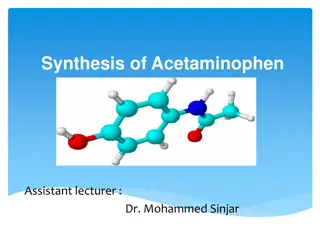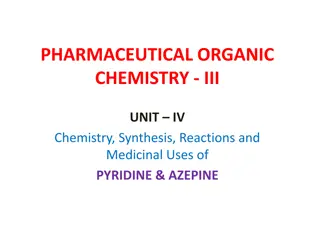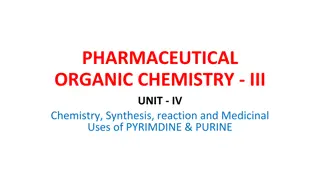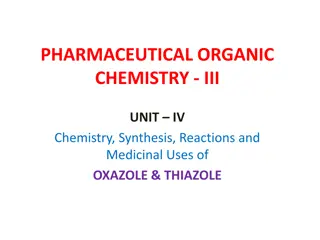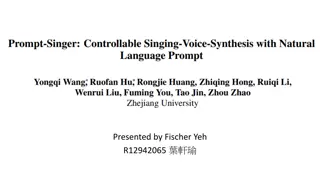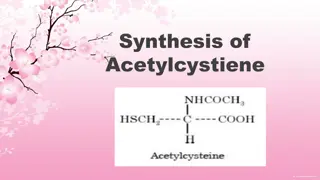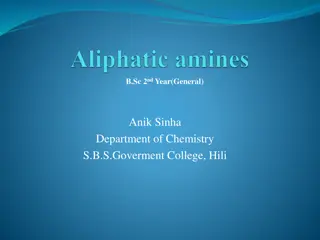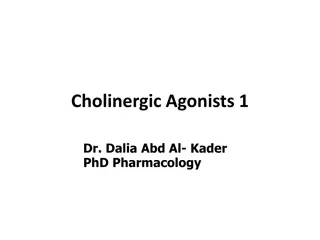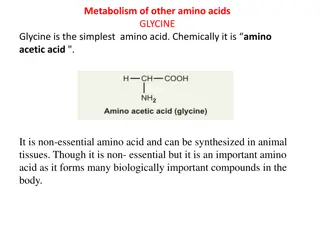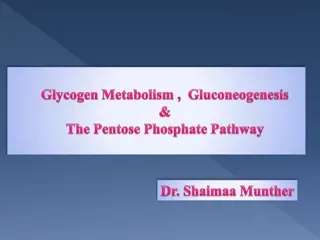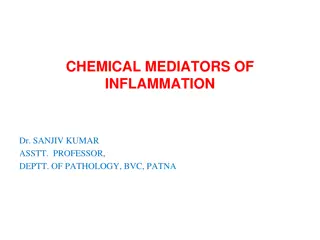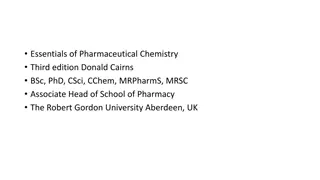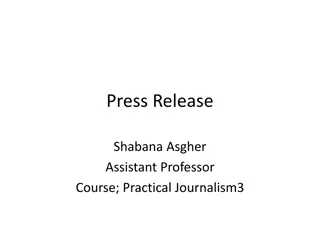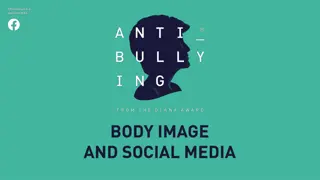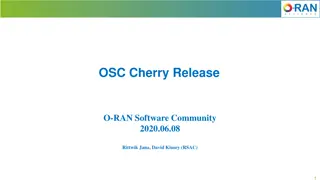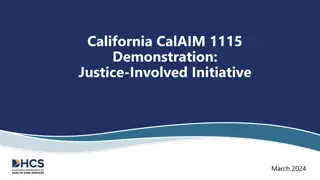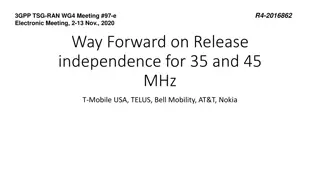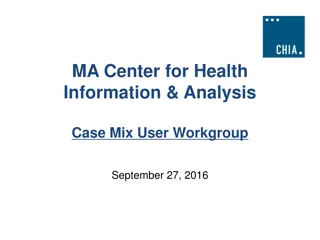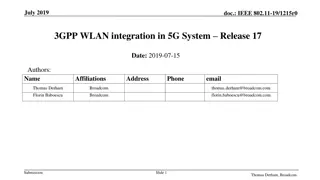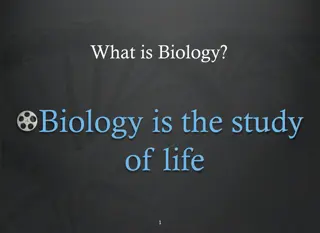Understanding Histamine: Synthesis, Release, and Effects in the Body
Histamine, a potent chemical mediator, is synthesized and stored in various cells like mast cells and basophils. It is involved in allergic reactions, immune responses, and neurotransmission in the central and autonomic nervous systems. This substance is released in response to stimuli like tissue injury or allergic triggers, exerting its effects through interactions with H1, H2, H3, and H4 receptors. Various agents and conditions can trigger histamine release, leading to a cascade of physiological responses.
Download Presentation

Please find below an Image/Link to download the presentation.
The content on the website is provided AS IS for your information and personal use only. It may not be sold, licensed, or shared on other websites without obtaining consent from the author. Download presentation by click this link. If you encounter any issues during the download, it is possible that the publisher has removed the file from their server.
E N D
Presentation Transcript
Secreted by one cell & acts upon adjacent cells extracellular matrix [ECM] or surrounding Secreted from a cell and acts on the same cell
Chemically they are classified into EICOSANOIDS Prostaglandins Prostacyclines Thromboxane A2 Leukotrienes etc OTHERS Cytokines Chemokine Growth Factors .etc. NO PEPTIDES Contractants Angiotensin Endothelin NPY Vasopressin PURINES ATP / ADP Adenosine MONOAMINES Histamine Serotonin etc Relaxants Kinines ANP Tachykinins [SP] VIP .etc
Storage Sites Highest amounts in mast cells Intestinal mucosa Basophils Skin Lung Stomach Brain
RELEASE http://t2.gstatic.com/images?q=tbn:ANd9GcRLpdVHcIw3sUPWD5jEtjyA22IgxrsXlY1ug_rFbN_U8fWErnZYB_XZ99I
Storage and release: Histamine is usually found in storage granules as complex with sulfated polysacharides, heparin and released (locally) by: a) immunologicl Mechanism (During Allergic Reaction (see Fig 56-5) b) Tissue injury Mast cell degranulation c) Chemical and physical Conditions ( see table 51-2)
Chemical and Physical Agents that Release Histamine Chemical Agents Physical Agents Chymotrypsin, Compound 48/80, Detergents, Dextran, DMSO (dimethyl- sulfoxide), Morphine and other Opiods, Pentamidine , Polymyxin B, Polyvinyl pyrrolidine, Propamidine, eserpine, Surface active agents, Stilbamidine, Toxins, Tubocurarine, venoms, X-ray contrast media Mechanical trauma, Radiant energy, Thermal energy
Histamine Mediator Neurotransmitter CNS ANS H 1 + H 2 + H 1 H 3+ H 3 -ve presynaptic autoregulation
Histamine receptors Receptor Type Major Tissue Locations Major Biologic Effects smooth muscle, endothelial cells H1 acute allergic responses H2 gastric parietal cells secretion of gastric acid H3 central nervous system modulating neurotransmission mast cells, eosinophils, T cells H4 regulating immune responses
Histamine receptors antagonists What is the physiological Antagonist of Histamine?
First generation Diphenhydramin, Promethazine etc (Sedating and Pass Blood Brain Barriers) H1 antagonists Clinical uses : Antinausia and Vomiting Insomnia Cough Motion sickness Allergy
Second generation. Loratadine H1 antagonists Non-sedating Clinical uses Allergic conditions Allergic rhinitis Conjunctivitis Urticaria
Ranitidine H2 antagonists Inhibitor of gastric acid secretion Used in the treatment of peptic ulcers
BETAHISTINE (Betaserc) H3 antagonists Used in treatment of vertigo in middle ear
EICOSANOIDS (PROSTAGLANDINS)
Drugs Corticosteroids Phospholipids Phospholipase A2 Arachidonic Acid Zileuton NSAIDs Lipoxygenase COX1 & COX2 Prostaglandins PGE2, PGD2, PGF2 Leukotrienes LTA4, B4, D4, C4 (Zafirlukast as Antagonist) Prostacyclin (PGI2) Thromboxane (TXA2)
Vascular smooth muscles: PGE2 and PGI2 Thromboxane A2 Potent vasoconstrictor. Potent vasodilators .
Blood: TXA2 a potent inducer of platelet aggregation. PGE2 and PGI2 inhibit platelet aggregation
Inflammation: One of the chemical mediators in inflammatory reactions.
Bronchial smooth muscle: -PGE2 cause dilatation. -PGF2 -LTs and thromboxane are potent bronchoconstrictors in man allergic bronchospasm.
Uterine smooth muscle: PGE2 and PGF2 Menstruation/ Dysmenorrhea/ Labor contractions
GIT smooth muscle: - PGE2 and PGF2 GIT motility
GIT secretions: PGE2 , PGE1 PGI2 acid and pepsinogen secretion . mucin, water and bicarbonate & Blood flow. Thus, it is cytoprotective
Kideny PGE2 and PGI2 increase renal blood flow and diuresis.
Central and peripheral nervous systems Fever: PGE1 and PGE2 increase body temperature.
CLINICAL USES OF PGS ANALOGS
Carboprost PGF2 ( analog) 1) Abortifacient: Trigger abortion in first trimester.
2) For postpartum haemorrhage vasoconstriction
Latanoprost (PGF2 analog ) eye drops in open angle glaucoma. IOP by enhancing outflow of the aqueous humar.
Alprostadil 1- Injected in corpus cavernosum of the penis for some forms of male impotence. (PGE1analog)
2- In congenital heart anomalies to keep the patent ductus arteriosus until surgery.
Misoprostol (PGE1 analog) Peptic ulcer
Clinical Uses: Oxytocis agents: (e.g.: Dinoprostone PGE2) Asthma: Leukotrien antagonists (Zafirleukast; Montelukast); Zileuton Impotance: Alprostadil PGE2 Glaucoma: Latanoprost PGF2 Anti-inflammatory and RA (NSAIDs) Antiplatelet action (Aspirin) Peptic Ulcer (Minoprostol PGE1)(Cytotec)


